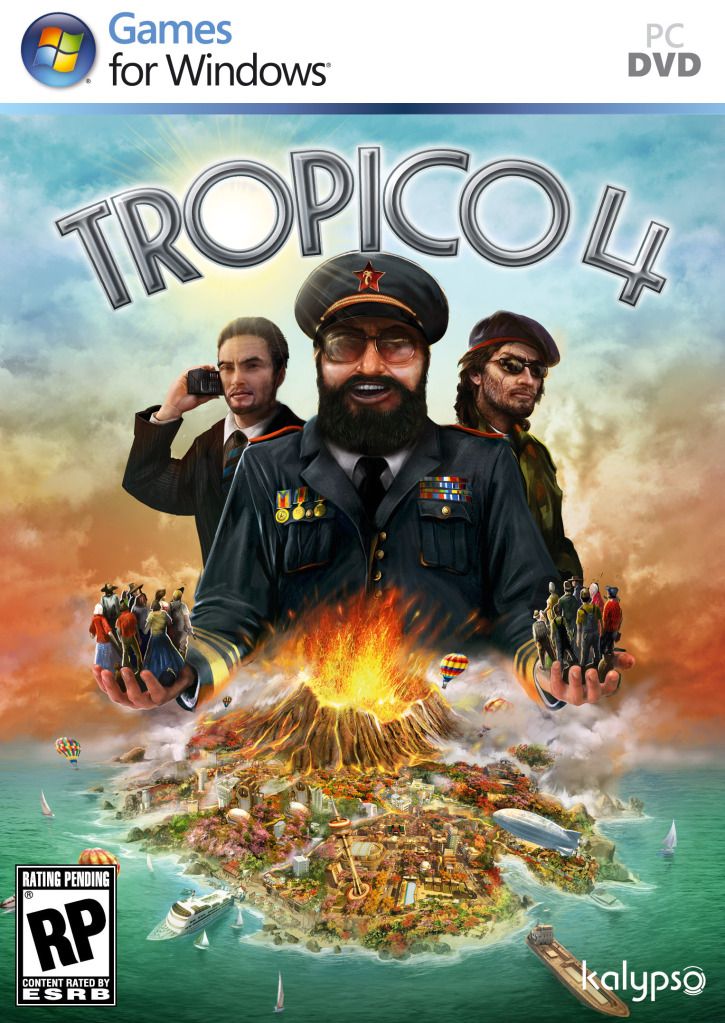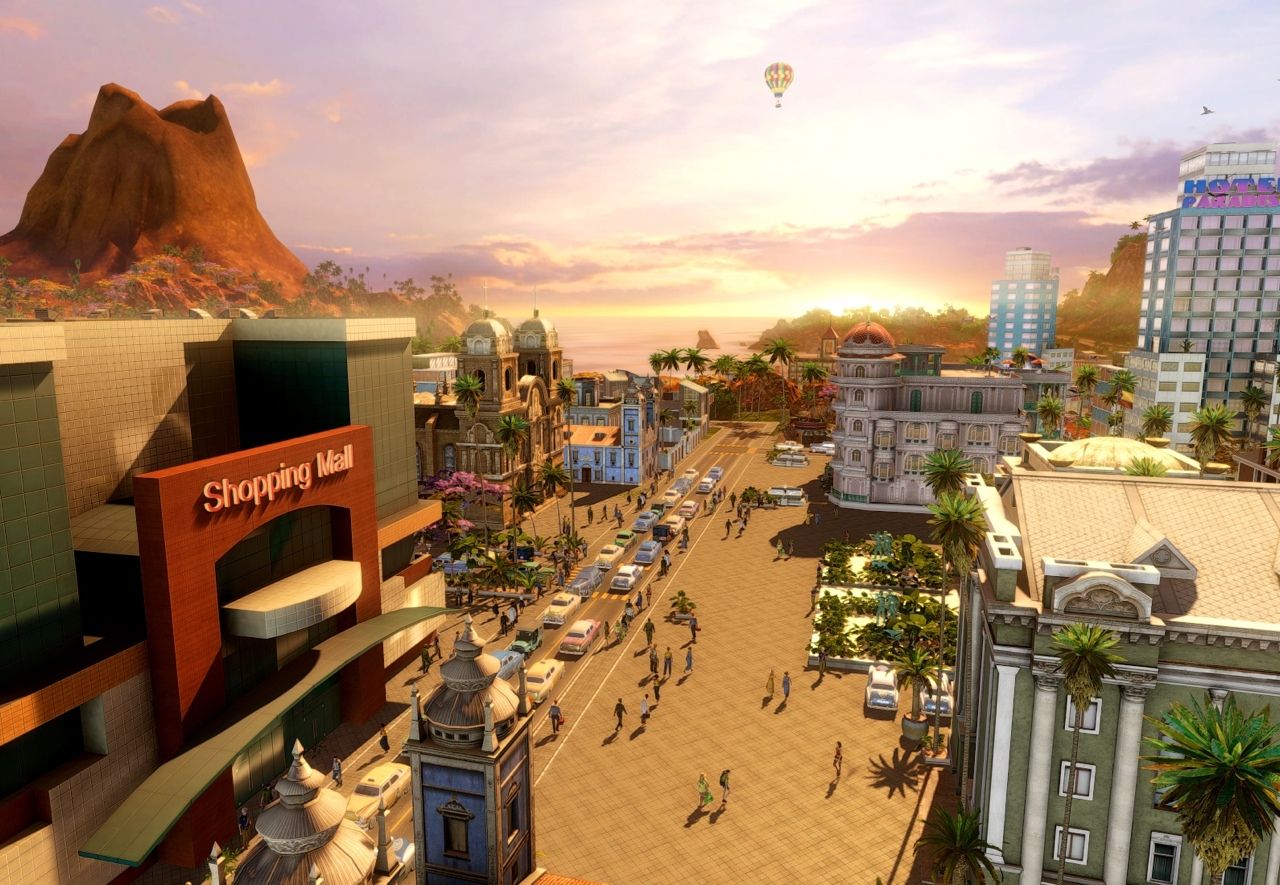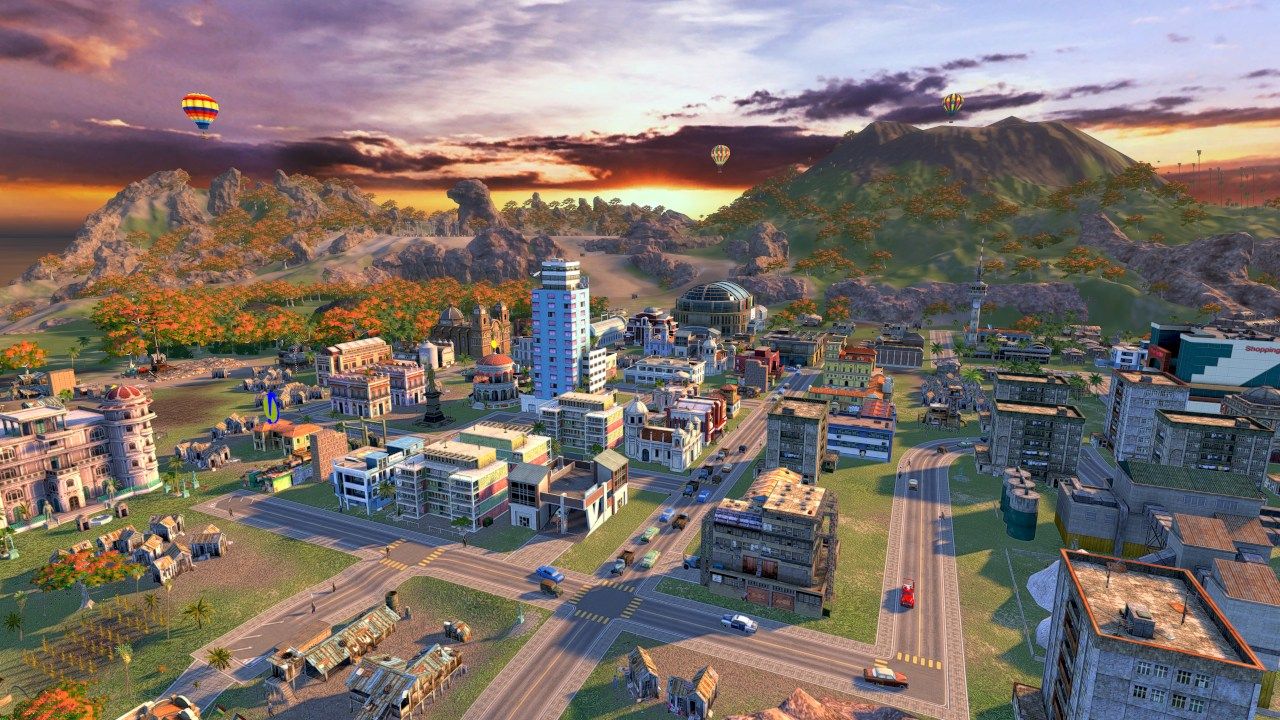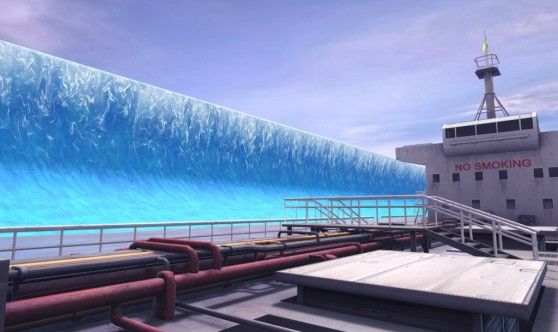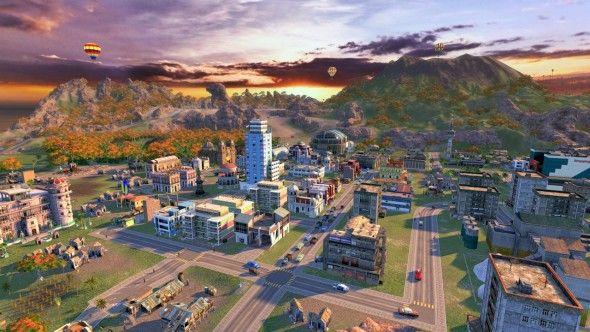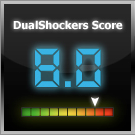Tropico 4 exists as something of an enigma. It is both a full game, and yet, it is also merely an expansion pack to Tropico 3. This is not necessarily a bad thing, just a strange one. The Tropico series has always been one that has had a great sense of humor and excellent gameplay. In order to be a great game, Tropico 4 needed to follow in the footsteps of Tropico 3 while proving itself different. While at first glimpse it will not seem so, Tropico 4 has added a ton of new elements to make itself stand out. At its most basic level Tropico 4 is Tropico 3. I don’t mean that in any sarcastic way. I mean, the basics of Tropico 4 are the exact same as they were in the third game. The main differences come in the additions to the game, few of which actually affect the core gameplay. Don’t be too concerned though, while the gameplay remains unchanged, the additions will actually change the way you play the game.
Once again, you are El Presidente, the ruler of a small island nation, and it is your job to build it into an economic powerhouse. The decision of whether to build the island up for yourself or your people is left up to you. This freedom to choose how to run your island is what really makes Tropico 4 stand out from other city builders, as you don’t have to always worry about your budget, as you can just oppress your citizens and rule with an iron-fist if you so desire. Of course, they might revolt, but a well-stocked and well paid army (along with an active secret police) might deter them. Of course you can always choose to be a kind ruler, granting free housing and plenty of entertainment to distract your people from the fact that they live in cheap tenements while tourists over the next hill sleep in expensive hotels.
The core addition from 3 to 4 is in the form of small exclamation point boxes that exist outside of certain buildings, usually your palace, the churches you build or factories. These provide challenges in the sandbox mode that get you bonuses such as added reputation points with the various internal or international factions or even just cash. In the campaign, the boxes will generally point you to your next mission or the way to advance the giant, roughly 40 hour, story. The actual challenges range from simply building a specific building to raising a certain amount of a very specific import to a specific faction. However, the requests are never overly hard, but rather add a nice bit of depth to the game. I called them challenges, but quests might be a better way to put it, as they are never very challenging, for better or worse. In order to fulfill these requests and at the same time effectively run your tiny and ever-growing nation, you need to keep an eye on the people and their needs. The easiest way to learn how to do this is to play the tutorials. They acclimate even the newest of city-building strategy newbies easily to the challenges of controlling a tiny island nation. While the game is easy to learn, its surprising depth makes it hard to master. One of the best additions is that of random disasters, such as hurricanes, droughts or oil spills. These require you to decide how to effectively use your resources to keep your people happy so they don’t revolt or vote you out.
So the game still plays excellently. The biggest issue with the game is that it is essentially a $40 expansion on Tropico 3. If you haven’t played Tropico 3, then this should not be an issue, however, if you have, this could be a letdown. There are not a lot of new buildings and the graphics and overly repetitive (though still good) music are essentially the exact same as they were in the game’s last iteration. Even the interface is still mostly the same, slightly cleaned up to allow for your current challenges to be displayed. That said, once you get past the surface, Tropico 4 is a great game that can actually stand on its own. And while the game doesn’t look incredible, it still looks pretty good. Tropico 4 is essentially a perfected Tropico 3.
The crown of Tropico 4 is its humor. This is particularly apparent in its wacky cast of characters who give you sidequests. From the hilarious hardcore tattooed and pierced nationalist who refers to himself in the third person as “El Diablo,” to the possibly alcoholic priest and the Middle Eastern diplomat with a tendency to reward your island with gifts of both cash and camels, each character is a joy to see when they give you a sidequest. In addition to the funny things these characters have to say when they give you challenges and sidequests, the radio DJs have been vastly improved. Now they are simply funny without really overdoing it or being particularly annoying. There is also a great achievement if you kill a citizen named Juanito. That was a nice shout out to us fans of Tropico 3 who grew tired of the annoying DJ rather fast.
Aside from the reuse of assets, there is not a whole lot to complain about. Tropico 4 is a game that is not for everyone. Some may find it hard to get past the lack of new assets, but the big new campaign, the retention of the great sense of humor and the fact that even while waiting for early buildings to finish, there is always something to do or look at make Tropico 4 one of the best games in its genre. In fact, that is the best part about the game. No matter where you are in the game, there is always something to deal with in Tropico 4, leading to a surprisingly little amount of downtime for a game of this type. If you’re even remotely curious about the game, the price to value ration makes this game an easy recommendation. Thanks to the excellent sandbox and challenge modes, plus the ability to create your own maps and challenges, there is a lot of game left even after the campaign ends. El Presidente is back, and he is better than ever.

